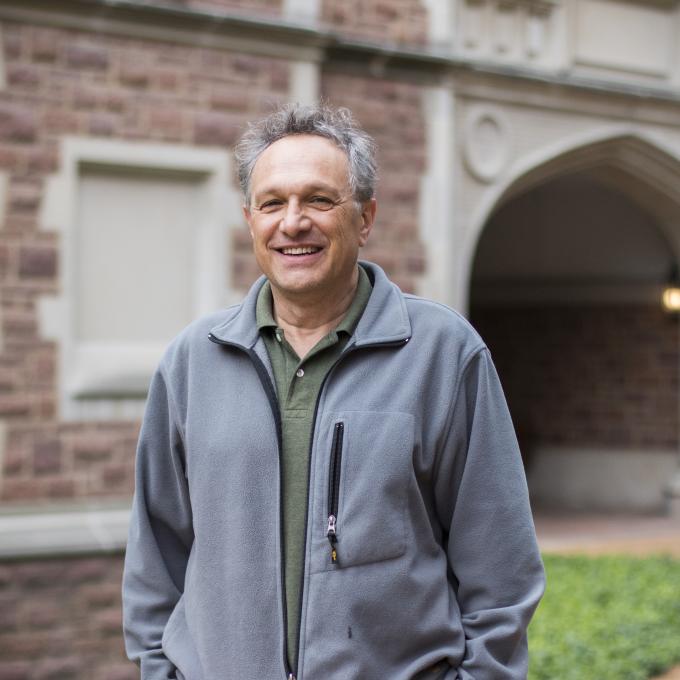A $2 million grant from the Templeton Religion Trust will support new collaborative research on historical and modern religious customs that fall outside of institutionalized religion.

Pascal Boyer, the Henry Luce Professor of Collective and Individual Memory, and collaborators Harvey Whitehouse, chair and professorial fellow of Magdalen College at the University of Oxford, and Claire White, professor of religious studies at California State University, were awarded a $2,090,049 grant by the Templeton Religion Trust for research examining the success of religions within a psychological context. The project focuses on “wild” religions, characterized as those that spread naturally amongst people without strict doctrines, in contrast to institutionalized religions such as Christianity and Islam. This grant builds upon a previous project funded by Templeton.
“My main motivation,” Boyer said, “was that current psychological and evolutionary accounts of religion tend to focus on ‘world’ religions. By contrast, we have less of an explanation for what I called ‘wild’ religions, which were the traditional subject matter of classical anthropology — the religious traditions of small-scale, so-called ‘traditional’ societies.”
“Wild” religions, Boyer says, are built on cultural beliefs that arise from instinctual responses to one’s environment, like the fear of a predator at night. The folk customs that respond to these beliefs include examples of divination, shamanism, and appeasing ancestral spirits. “So, one main idea of the study is, how do we interpret the emergence and persistence of these religious traditions, in terms of our evolutionary heritage, and our common psychological makeup?” Boyer said.
This project addresses a current lack of research seeking to understand the significance of so-called “wild” religions and their development. “Folk traditions are often treated as ‘primitive’ (in small-scale societies without religious organizations) or ‘peripheral’ (when they appear in places with organized religion),” Boyer said. “These biases have impeded our understanding of the persistent appeal of such traditions. But these traditions keep re-emerging, people re-invent them, in the most modern, urban contexts — and that is a major engine of renewal in religious traditions.”
The project will have three main research components: A database of the recurrent features of “wild” religions will be compiled by Whitehouse from anthropological literature and consultations with religious historians. White will observe diverse communities in Los Angeles to study the emergence of new folk traditions, and Boyer will focus on psychological experiments seeking to understand why certain types of events are interpreted in terms of religious agents, such as gods or deceased relatives.
Boyer hopes a main takeaway of this project will be the destigmatization of folk traditions.
“Religious traditions are much more diverse than you may think. When we think of religion, we think of world religions like Islam, Christianity, Buddhism, and we think the religious life of all people must be similar to those. But we forget two important facts. First, for most of human prehistory and history, most people did not have such doctrine-based religions. Second, non-doctrinal religious traditions emerge all the time, in what are called ‘new religious movements,’ but also in divergent or ‘mystical’ practices within the world religions.”



